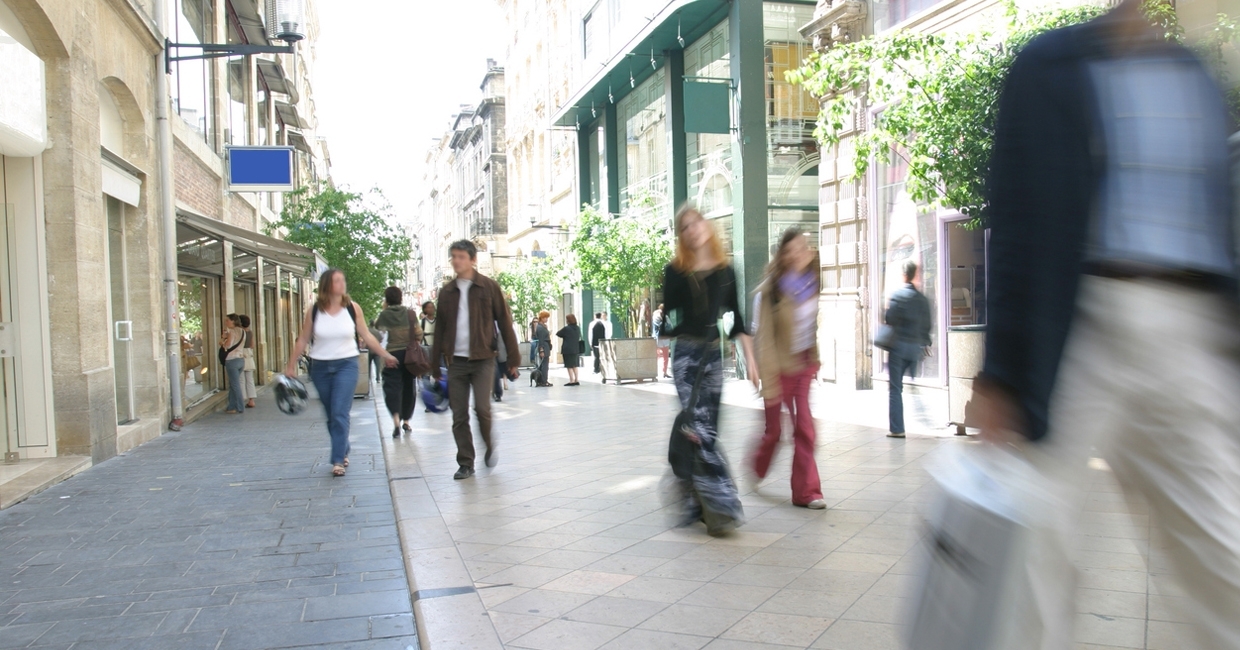The gap in store footfall compared to 2019 narrowed in October to -9.8%, from -12.6% in September and -13.2% in August, according to the latest data from Springboard. It was down -10.5% in high streets, -14.7% in shopping centres and -3.3% in retail parks.
The uplift in footfall from 2021 diminished for the third consecutive month in October to just +5.2%, to a third of the uplift of +15.6% in July.
Footfall in high streets was +7.8% higher than in 2021 (+9.5% in September), +4.7% higher than 2021 in shopping centres (+7.7% in September) and +0.1% higher than in 2021 in retail parks (+1.3% in September).
"Despite the growing cost of living crisis, the gap in footfall from 2019 across UK retail destinations continued to narrow in October to -9.8%, says Springboard's marketing and insights director, Diane Wehrle. "This is the first time that the gap from 2019 has been less than -10%, which is a positive sign in what is clearly a challenging economic environment for retailing.
"However, perhaps more indicative of the challenges facing bricks-and-mortar retail is provided by examining the change in footfall from October 2021, when all Covid restrictions had been lifted but when consumers were still exhibiting caution in their behaviour. In October footfall was just +5.2% higher than in October 2021, which was just a third of that in July when footfall was +15.6% above the 2021 level.
"The last week of October is pitched as the key week of the month as schools are on their half-term break. Footfall always increases in this week and this year was no exception, with a rise of +8% from the week before, a significant uplift from the previous three weeks when the only increase was +0.8% in the second week. However, the increase in the half-term week this year was less than the rise of +11.1% in the same week in 2021, an indicator of the impact of the cost of living crisis on consumers’ budgets, and therefore on their propensity to spend.
"Indeed, we know from the recently released ONS spending data that consumers have cut back on spending, and Springboard’s town centre sales tracker recorded a rise in spending in bricks-and-mortar stores of just +1.8% in October, which is significantly below the current rate of inflation of 10.1%, indicating that consumers are buying fewer products.
"October was a nightmare month for British politics, and the uncertainty clearly had huge implications for consumer confidence which is now at an all-time low. Whilst it appears that some political stability has been regained, the autumn statement on 17th November and the soundings about impending tax rises and spending cuts, combined with rumours about energy blackouts over the winter, will undoubtedly suppress consumer confidence and therefore footfall further."











